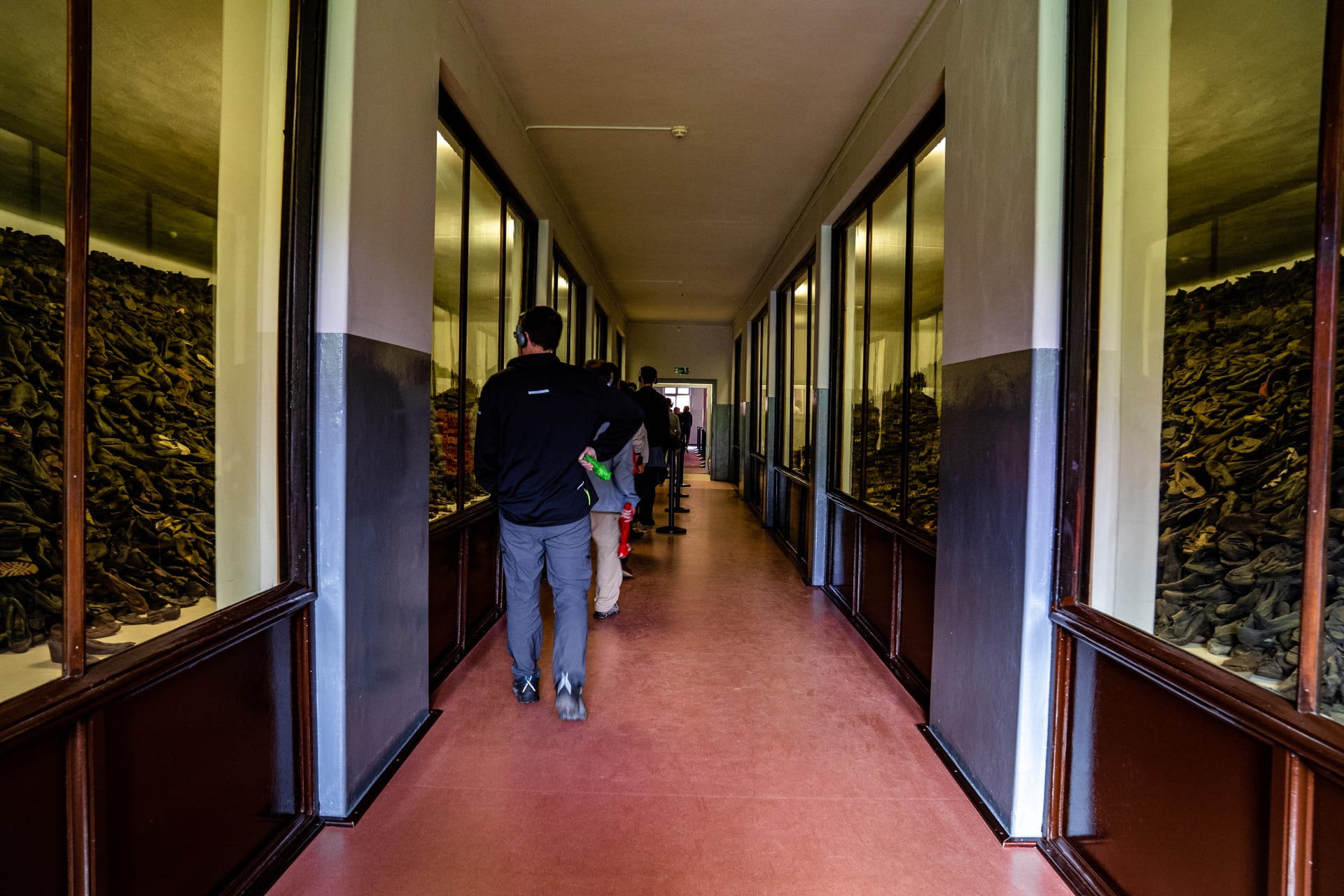As I gazed out at the entirety of the Auschwitz-Birkenau concentration camp, two dominant emotions emerged: desperation and suffering. These sensations can characterize Poland’s national experience throughout much of the 20th century. Most Poles maintained a defying temperament throughout the war, operating one of the largest organized resistance movements of World War II.
Poland has suffered like few nations have in recent memory. When World War I began, the German, Russian, and Austro-Hungarian Empires still ruled over Poland after partitioning it in the late 18th century. Much of the fighting in the Eastern Front occurred in Polish territory, ravaging the land and unleashing disease and hunger. The Russian and German armies looted and destroyed Polish homes and businesses and deported hundreds of thousands of civilians to labor camps. Over one million Poles died during the First World War. Sadly, worse suffering was yet to come.
Poland regained its independence following World War I and began to rebuild itself during the inter-war period. It only had a brief twenty years, however, before Hitler and Nazi Germany invaded in September 1939. The Third Reich took the Western half of Poland while the Soviet Union laid claim to the Eastern half. The Eastern Front of World War II was located yet again in Poland when Germany and the Soviet Union ended their armistice. Besides the destruction that a combat theater provides, Poland was the site of perhaps the most reprehensible atrocities humanity has ever witnessed. The Nazi series of extermination camps situated on Polish lands, combined with the wanton violence of the Einsatzgruppen, resulted in mass murder on a scale the world had never seen. The Nazis brutally and senselessly killed millions of Poles, both Jews and non-Jews, viewing them as subhuman. As the Soviet Union pushed back starting in 1943, destruction continued. Over six million Poles perished during World War II – nearly one-fifth of its entire population; over 90% of these deaths were non-military.
After the Second World War, Poland, despite all of its suffering, did not regain its independence. The Soviet Union continued to imprison, deport, and execute Poles as they established a Communist government that joined their bloc of nations. Today the Polish claim national innocence during the Second World War, maintaining that they played no part in the Holocaust or other tragedies. That is simply not true, as there are examples of Polish groups murdering and maiming Jews. While Poland should take responsibility and acknowledge their actions, it is easy for us to urge them to do so. Americans’ knowledge of Polish history is very limited, and we are privileged in having not experienced the unspeakable tragedies the Polish endured throughout the 20th century. We tend to overlook the courage and resiliency of the Poles and their resistance movements and fail to recognize their suffering through our own biased lens.





















